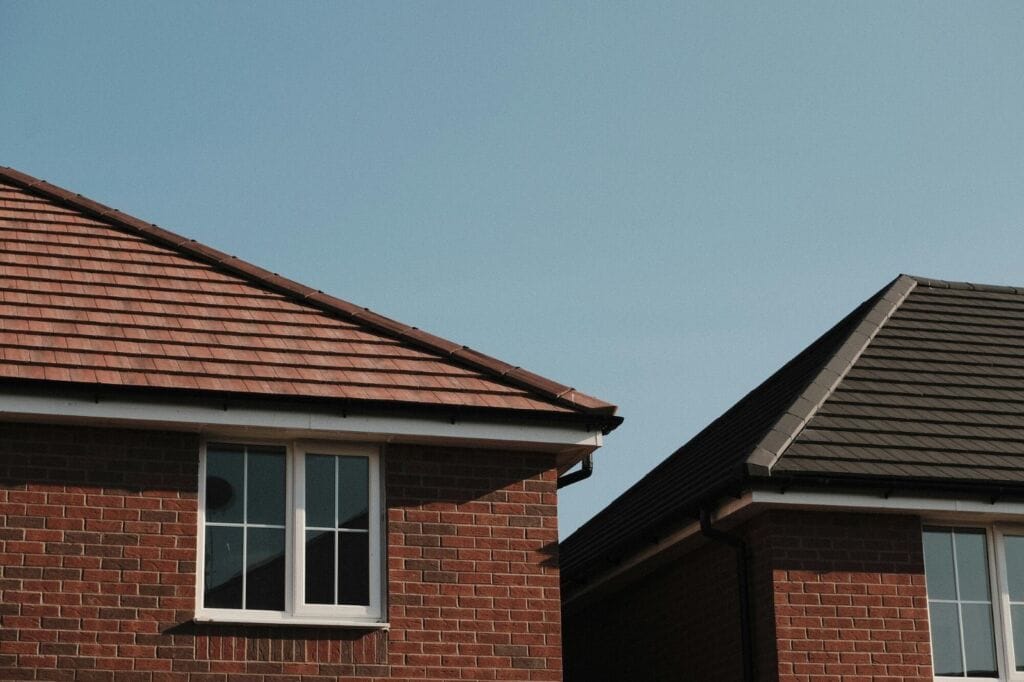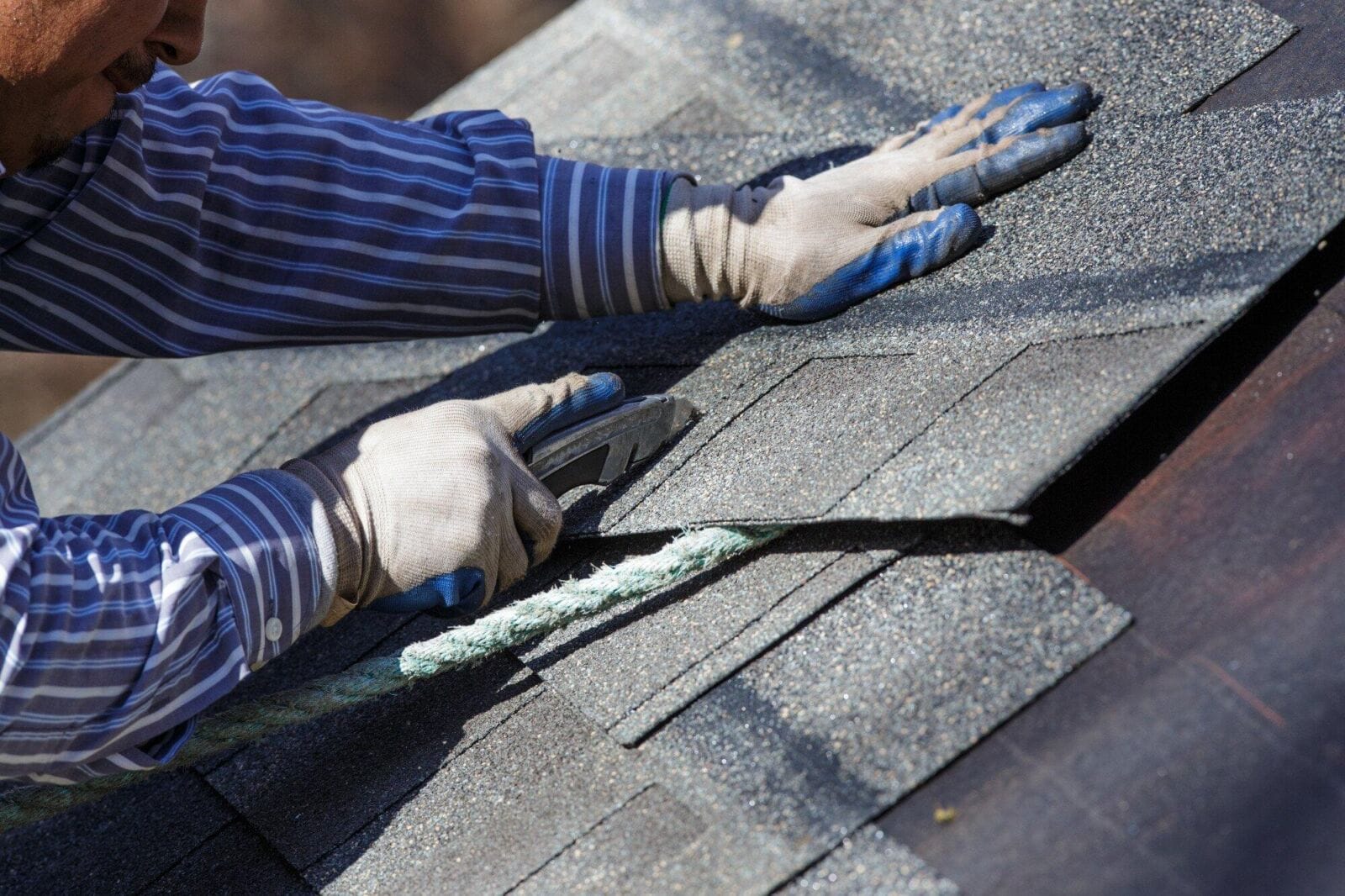Deciding to replace your roof is a substantial decision that affects not only your home’s appearance but also its safety and value. Whether your roof is showing signs of wear, or you’re just ready for a change, understanding the important factors can help you make an informed choice. Knowing when it’s time for a roof replacement ensures you get the best materials and services while staying within your budget.
Let’s dive into six essential factors to consider before engaging in a roof replacement.

1. Recognizing the Signs of Damage
The first step in your roof replacement journey is identifying any signs of damage. Look for missing shingles, leaks, or widespread discoloration in your ceiling. This could indicate that your roof is nearing the end of its lifespan or could already be compromised.
Paying attention to these signs prevents larger issues, such as mold growth, that can arise from unnoticed leaks.
2. Assessing Your Roof’s Age
How old is your roof? Roofing materials vary in lifespan; for example, asphalt shingles usually last between 15 to 30 years, whereas metal roofs can last more than 50 years.
If your roof is nearing the end of its expected lifespan, it might be more cost-effective to replace it entirely rather than just repairing minor issues.
3. Evaluating Energy Efficiency
Aging roofs may not insulate as effectively as newer materials. This can lead to higher energy bills as your heating and cooling systems work extra hard.
When considering roof replacement, ask your roofing company about energy-efficient options that can keep your home comfortable while saving you money in the long run. A more energy-efficient roof not only helps to lower your utility bills but also reduces your carbon footprint. If you’re located in Surprise, Arizona, and are looking for reliable options, look for professionals specializing in roof replacement in Surprise Arizona.
4. Weighing Your Material Options
Choosing the right materials for your roof replacement is crucial for longevity and aesthetics. Popular materials include asphalt shingles, metal, tile, and wood.
Each has its pros and cons in terms of cost, durability, and maintenance needs. For example, while metal roofs are more expensive, they offer durability and require less maintenance over time. Always consult with a reputable roofing company to understand which options work best for your specific needs and climate.
5. Estimating Costs and Budgeting
The cost of roof replacement can vary widely based on the materials used, the size of your home, and labor expenses. It’s helpful to get multiple quotes from different roofing companies. This not only gives you an idea of the market price but also allows you to compare the services and warranties included in each estimate.
Set a budget, but also plan for unexpected costs, as replacing your roof can sometimes reveal additional issues that need attention.
6. Understanding Local Regulations
Before undergoing a roof replacement, check your local building codes and regulations. Some areas may require permits for roofing work, especially if you are changing the material or structure.
Additionally, ensuring your contractor is licensed and insured helps protect you from potential issues during the installation. Familiarizing yourself with local rules ensures that your project stays compliant and minimizes hassles along the way.
Getting the Proper Roof Replacement
Replacing your roof is a significant investment that can enhance your home’s value and safety. By considering these six factors, you ensure a smoother roof replacement process. Take the time to make well-informed decisions, and your new roof will serve you well for years to come.
Did you find this helpful? Don’t forget to visit our website and read more.




